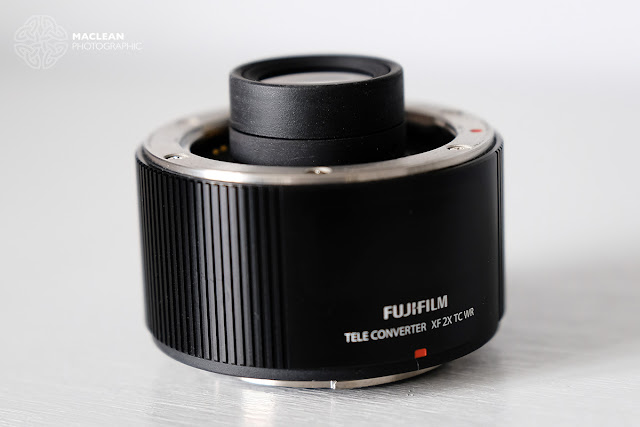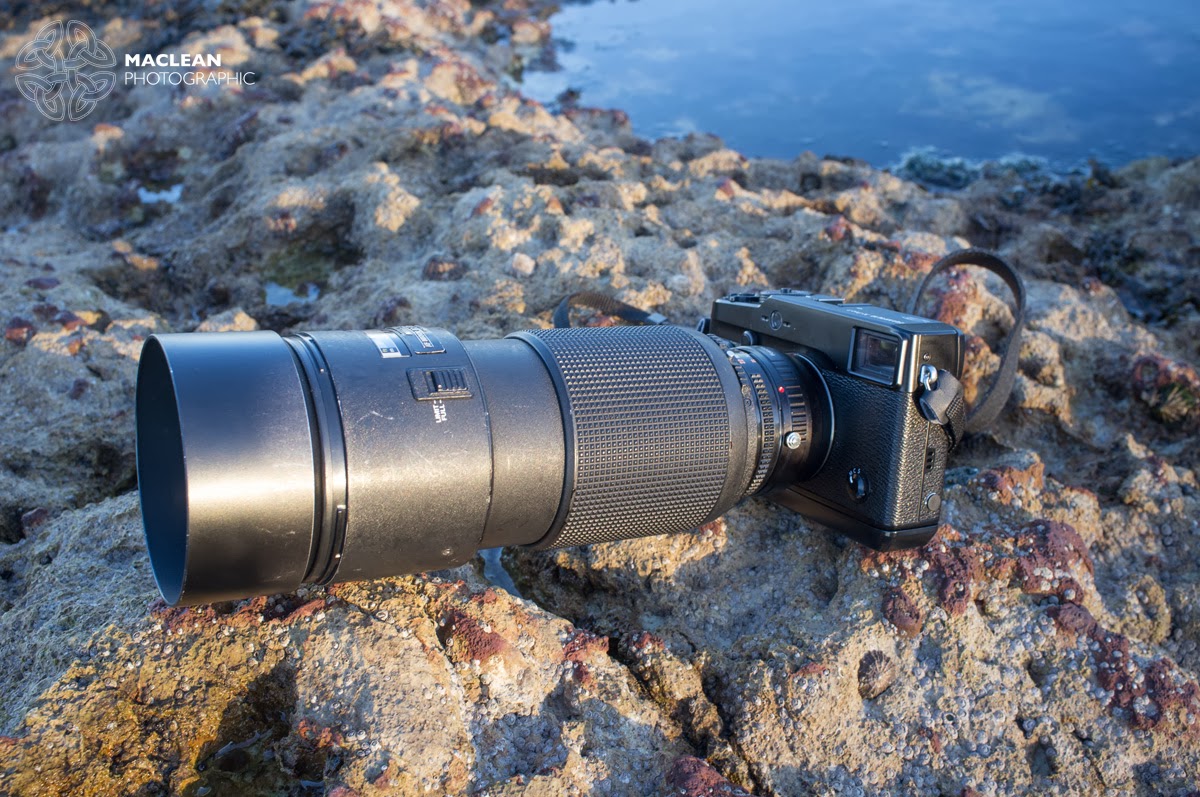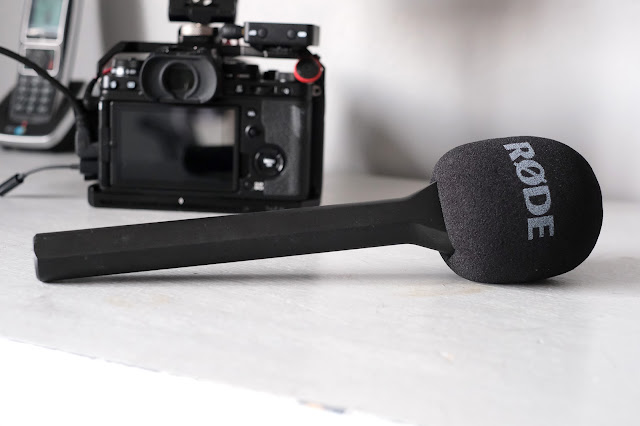Tips for Better Landscape Photographs - Part 1: A Supporting Role
Over the next few weeks I am going to be producing a series of articles on how I give myself the best opportunities for bringing back some great images when out shooting landscapes. These are also the tips I give my guests who attend one of the MacLean Photographic Tours or Workshops.
This series of articles is not going to be about what your camera and lens you should be using. This is about giving you the best opportunities whatever camera you use, whether it is a pro spec DSLR, a enthusiasts DSLR, Compact System Camera, compact / bridge camera or a mobile phone. All are capable of producing good images with the right knowledge and I don't see any difference when I conduct my workshops or tours.
Right, now that is out of the way, the first part of this series is about support. No, this isn't about having your friends standing behind you clapping and cheering as you take your pictures - that would probably be very annoying anyway. No I am talking about support for your camera to avoid the dreaded camera shakes that introduces blur into the final image.
Supporting the camera properly allows you to use longer shutter speeds and keep the ISO low to keep noise to a minimum and image quality to the highest quality.
Hand Held
For hand holding a shot there is a rule of thumb for working out at what point there is a danger of camera shake causing blur in the final image. The rule states 'The shutter speed should be equal or greater than the focal length of the lens you are using.' Now like all 'rules' in photography it is just a guideline. However I have found this one to be pretty good and it is really easy to remember.
Now this comes from the days of the film SLR, so I always work on the full frame focal length or the equivalent for the crop frame sensor. For example is I was using an 18mm lens on my Fujifilm X-T1, the full frame equivalent of this lens is 27mm. So the shutter speed should be 1/30s or higher if I am sure to avoid camera shake.
To be honest I can shoot at slower speeds than this with a wide angle lens but that is down to the technique of holding the camera properly, but I will go into that later.
Also some lenses and cameras come with an optical image stabilisation / vibration reduction (OIS / IS / VR) system that allows you to shoot at much slower shutter speeds. I've used a 55-200mm (80-300mm equivalent) at 200mm at 1/8s using OIS - it does work, but it's not recommended to rely on this all the time.
Tripods
A good camera support is the landscape photographers best friend and there are many different types of supports.
A sturdy tripod is the most obvious camera support that most photographers are aware of. I use a Manfrotto 190XPRO4, which is a brilliant piece of engineering. My version is made of aluminium but some landscape photographers swear by carbon fibre because they are lighter and provide the same rigid support. However they are more expensive, so you pays your money and make your choice as the old saying goes.
I have a Manfrotto Compact MKC3-H01travel tripod, which is great for packing in my luggage when flying. It's not as robust as the 190, but it is very sturdy for small DSLRs or a CSC and light enough to pack for every trip.
I also have a Joby Gorilla Pod hybrid which is fantastic for attaching to a fence post or tree or other stable object. Just wrap the legs into position and the camera is supported. The hybrid comes with a ball head with a spirit level built in to get those horizons level.
Other Supports - Correct Body Posture
However it is not just tripods that can provide camera support. Holding the camera correctly can provide a more stable platform with your body. Grip the camera with your right hand and support the lens with your left. Stand with your feet apart and keep your elbows tucked in against the sides of your chest. This posture is a natural tripod. If you lean against a tree, lamppost, wall or other rigid structure when shooting, your are even more stable.
Other Supports - Walls, Tables etc
Talking of walls, you can place a camera on a suitable wall, table or other flat object and this will allow you to shoot with even longer shutter speeds as you don't have to hold the camera during the exposure. However the object does have to be in the right place for the composition of the image you want to take.
Some photographers use a bean bag which can be moulded to provide a stable platform.
Shutter Release
A good shutter release is a must for landscape photography. Most cameras allow you to shoot with shutter speeds up to 30 seconds. This is OK but what do you do if you want to take an image with an exposure of more than 30 seconds? You need to use the B or Bulb setting. This allows the photographer to keep the shutter open as long as the shutter release is pressed. Now you can keep your finger on the shutter release but there is a real danger of introducing camera shake and your finger will get numb after a while. Most shutter releases have a lock so you can keep the shutter held open.
 |
| Long Exposure shots like this one require a tripod and shutter release. I also used mirror lock up on the D800 for this image. |
If you are shooting long exposures and you don't have a shutter release, use the cameras self timer function. This is not just for taking pictures of your self by setting the timer and running in front of the camera to pose. Using it for landscapes takes away the risk of moving the camera when you hit the shutter release. My cameras have a 2 second timer function and this is very useful.
Mirror Lock Up
If you are shooting with a DSLR and your camera has a Mirror Lock Up function, it is best to use it when shooting long exposures. The mirror moving up when the exposure is made can introduce movement and by flipping the mirror up before the shutter is pressed eliminates another possible source of blur in the final image. However remember that you need to compose the image before you flip the mirror up because you won't be able see through the viewfinder.
Another solution is to use Live View as this flips the mirror out of the way as you are seeing what the sensor is seeing.
If you are using a mirrorless camera (Compact System Camera) then you don't have to worry about the mirror because, as the name suggests, there isn't one.
Conclusion
However there isn't really a substitute for a good sturdy tripod when shooting landscapes. By supporting your camera you give yourself the best opportunity of getting a pin sharp image. By putting the camera on a tripod you have to slow down and for landscape photography this is invariably a good thing. You think more and consider the composition more. It also allows you to use lower ISO settings, so you are maximising the image quality even further.
A tripod really is the landscape photographers best friend.
Part 2: Filters for the Landscape Photographer - Monday 9 March






Comments
Post a Comment